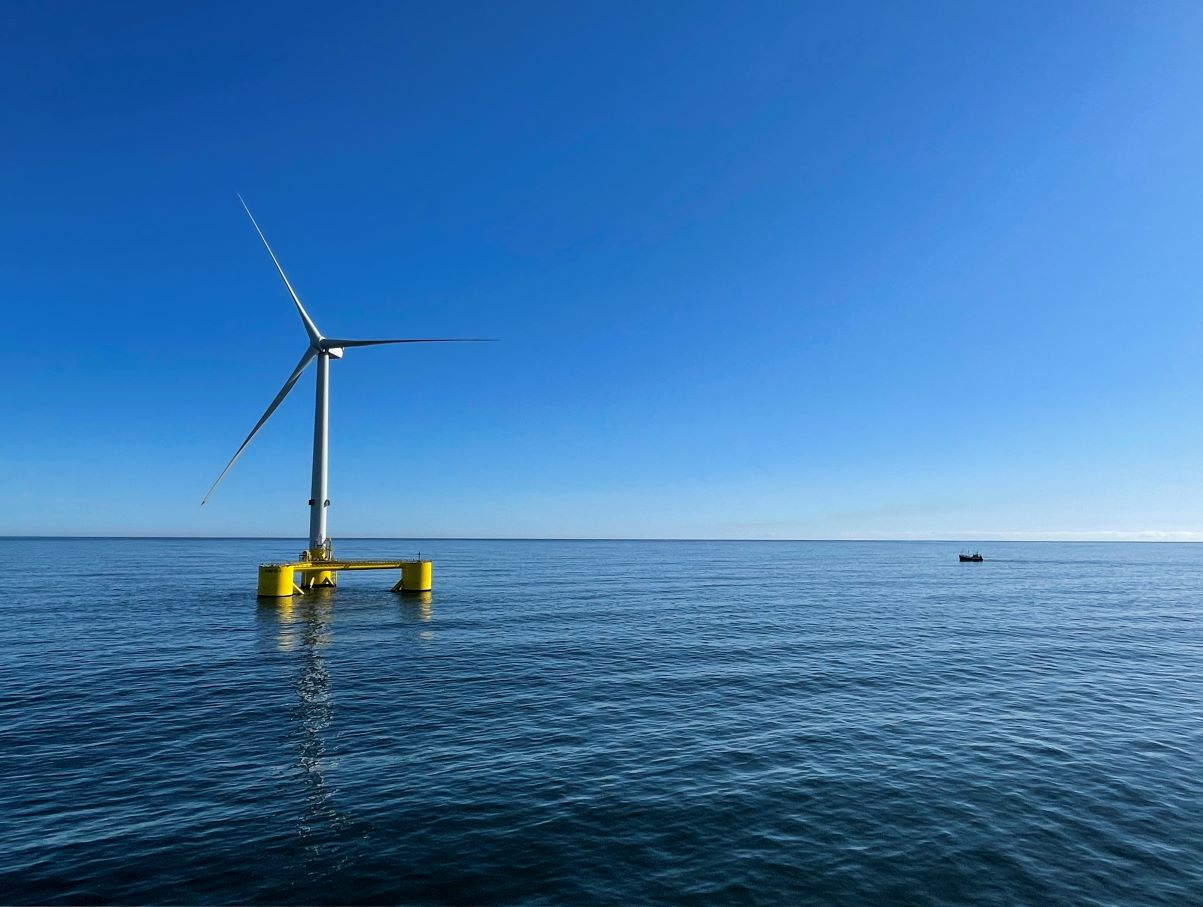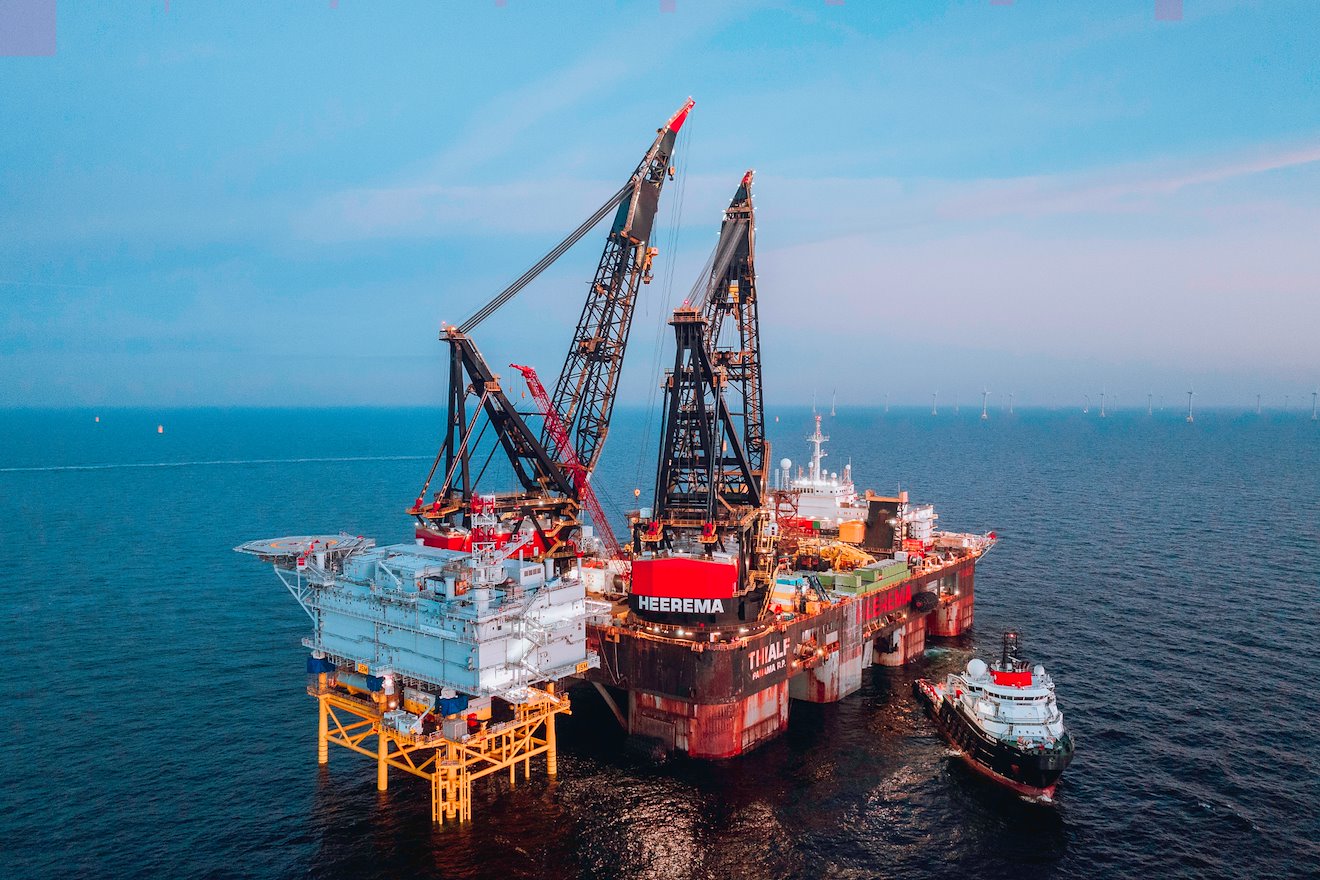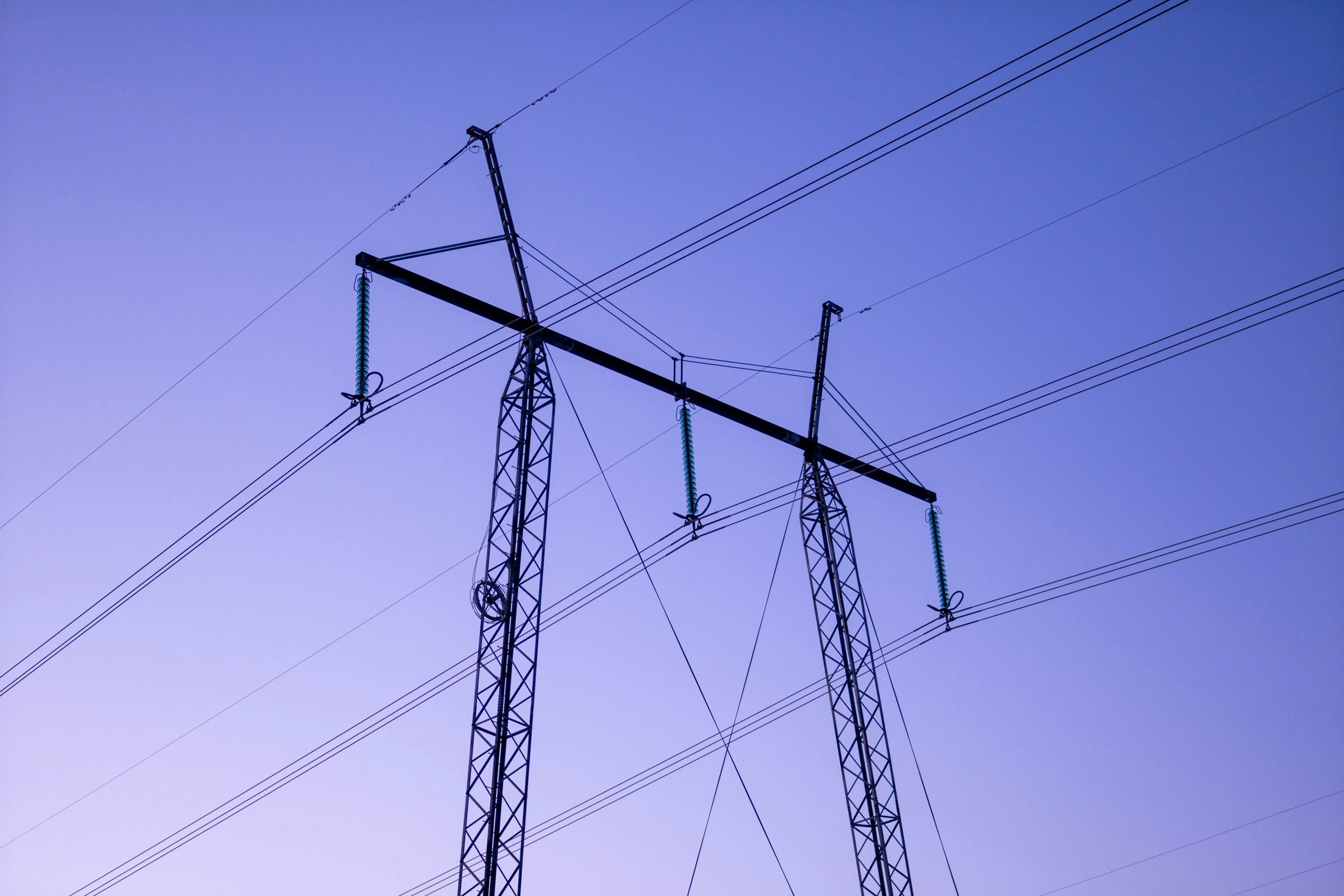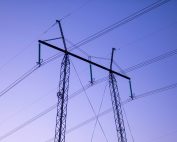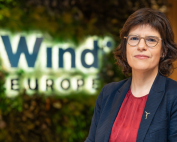Eolus is applying to the Swedish Government for permission to build the Skidbladner offshore wind farm, with up to 147 wind turbines located just over 20 kilometers north of Gotska Sandön. The estimated electricity production is 11.7 TWh per year, which corresponds to half of today’s electricity consumption in Stockholm County or more than ten times Gotland’s electricity needs.
“Given the enormous need for new electricity production in Sweden, offshore wind power will need to be expanded gradually over many years to come. A wind farm of this size would therefore make a significant contribution to the Swedish electricity supply,” says Per Witalisson, CEO of Eolus.
Eolus is planning several offshore wind farms in Swedish waters, two of which are located in the Swedish economic zone off Gotland; Skidbladner and Herkules. Together, they have the potential to supply Sweden with 4.6 GW of installed capacity and a total electricity production of approximately 25 TWh per year. Skidbladner, which reaches an important milestone with the application being submitted to the Government, covers a project area of approximately 1,400 square kilometers. There can be a maximum of 147 wind turbines, with a maximum total height of 360 meters to the blade tip, mounted on floating foundations that are anchored to the seabed.
“The goal is for Gotland to have a completely renewable energy system by 2040, and initiatives like the Skidbladner offshore wind farm fit very well into that plan,” says Lars Thomsson, coordinator of Energy Island Gotland.
The area for the Skidbladner wind farm is located about 100 kilometers southeast of Stockholm and 20 kilometers north of Gotska Sandön. The wind farm is expected to be completed by 2033 with an annual production of 11.7 TWh. This corresponds to household electricity for millions of homes – roughly half of Stockholm County’s electricity consumption today or more than ten times Gotland’s annual electricity needs.
“One advantage of floating wind power is that it can be placed further out from the coast where wind conditions are even better and the visual impact is minimal. Eolus was a pioneer when we started as a wind power developer in the 90s. Now we look forward to being among the first to realize floating wind power in the Baltic Sea,” says Anna Lundsgård, head of offshore wind power at Eolus.
Source: Eolus
